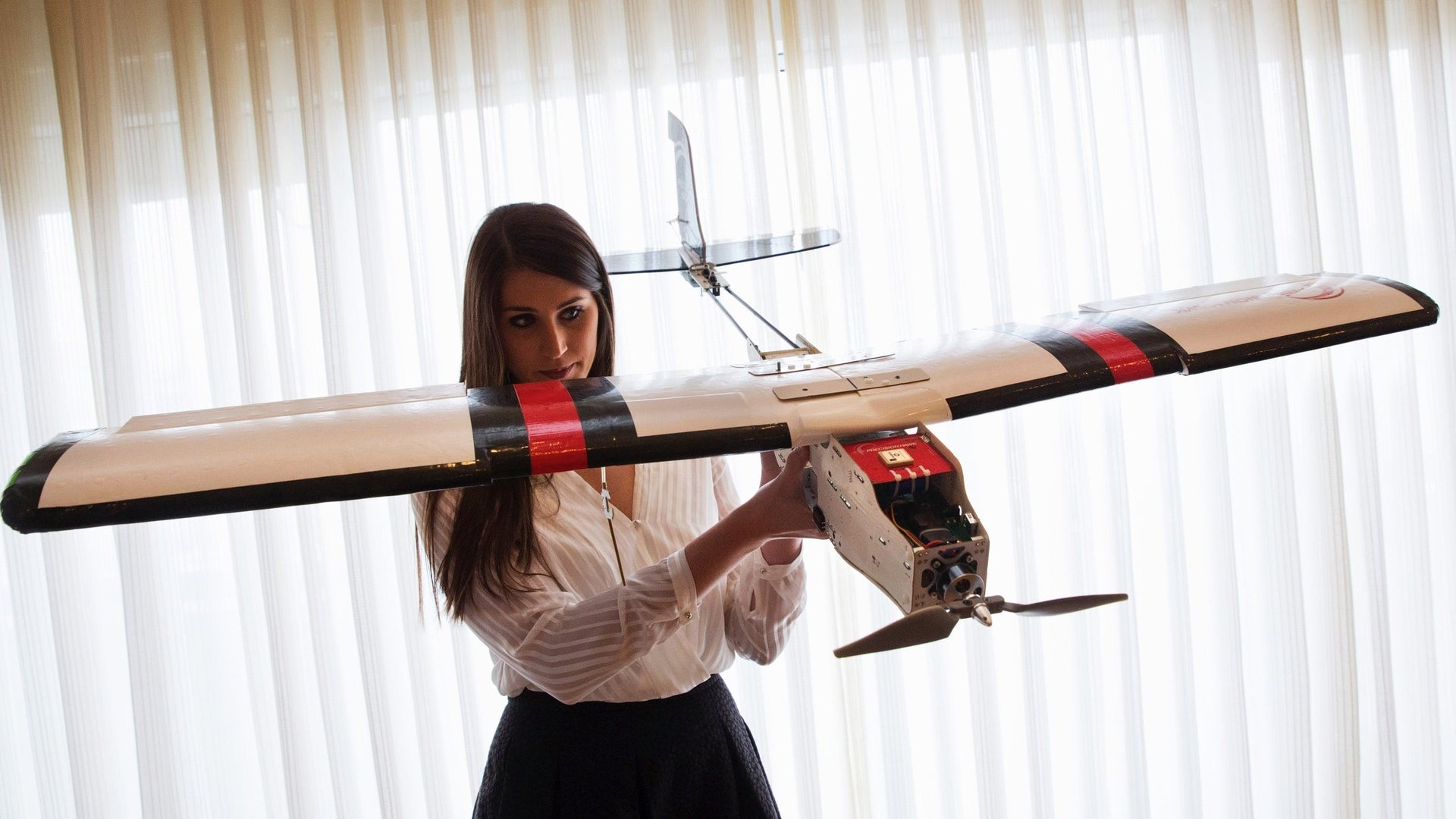This week we’ll know whether Amazon can start making drone deliveries
If Amazon is going to deliver your DVDs, diapers, Oreos and tablets by drone in the near future, the US government is going to need to see it first.


If Amazon is going to deliver your DVDs, diapers, Oreos and tablets by drone in the near future, the US government is going to need to see it first.
Currently, the Federal Aviation Administration (FAA) requires commercial drone operators to keep their drones within the line of sight of the pilot, limiting what can be done with the drone, or how far it can fly. But this week, the FAA will kick off a series of tests to determine whether drones can safely fly in the already crowded US airspace farther than a pilot can see, potentially opening up the skies to commercial projects like Amazon’s drone delivery service.
The FAA has been working since May with PrecisionHawk, a company that builds commercial drones for aerial surveillance and data gathering, to figure out how to keep the skies safe. The company will carry out the tests in North Carolina using an avoidance system it developed, called LATAS, according to MIT Technology Review. The first test will involve an aircraft—in this case, a rather brave paraglider—being flown near a drone operated by a human pilot to test how quickly the pilot can react to the paraglider getting up in their airspace. A later test will involve the same situation, but will use a drone connected to the LATAS system, which should act as an early-warning detection system for the pilot, and potentially help the drone avoid objects on its own. LATAS uses satellites, location sensors, and Verizon’s cellular network to triangulate itself.
“We want to measure the ability of a person flying the drone looking for airspace hazards visually against letting the drone make some decisions,” Tyler Collins, who leads the LATAS work at Precision Hawk, told MIT Technology Review.
Further down the road—literally—PrecisionHawk and the FAA will test out flying drones using LATAS in situations where the pilot can’t see the drone. Most consumer and small commercial drones have ranges of a few miles—much farther than any human can see. These tests could pave the way to drones being remotely operated by pilots for Amazon or Walmart, or any other company looking to use drones commercially.
The next step after flying beyond line of sight would be fully autonomous drones. This would require the sort of technology that Google is using in its self-driving cars to be miniaturized into something light enough to fly on a drone. And it’s coming—companies like Google itself, and universities like MIT are working on technologies for drones to be able to see and avoid the world around them. If the FAA’s tests prove successful—and the agency figures out how to integrate this sort of technology into the US airspace—Amazon’s drones could soon be showing up at your doorstep, flown by a human or the drone itself.
Drones could be big business, beyond just deliveries. Companies like PrecisionHawk are working with farms to change the way they track, manage and tend to their crops from the skies. Others, like XactSense, are working on technologies to use drones to inspect power lines, cell towers, dams, and other pieces of infrastructure that are generally difficult to check out without a helicopter. And that’s just for starters: the potential for drones, which are really just flying, web-connected computers, is really as great as the developer community’s imagination.